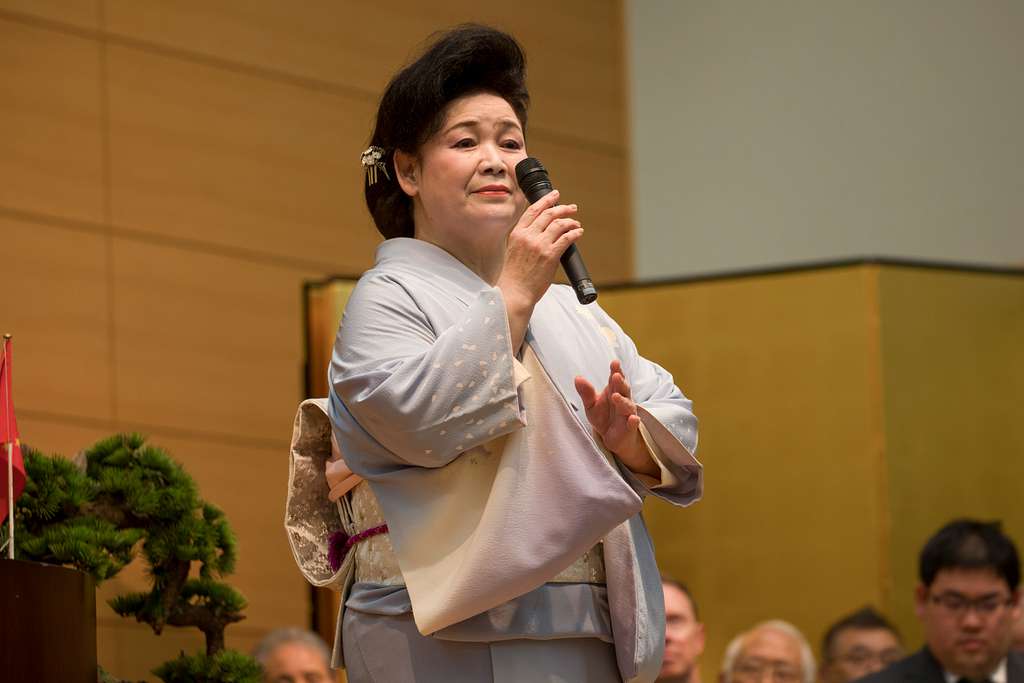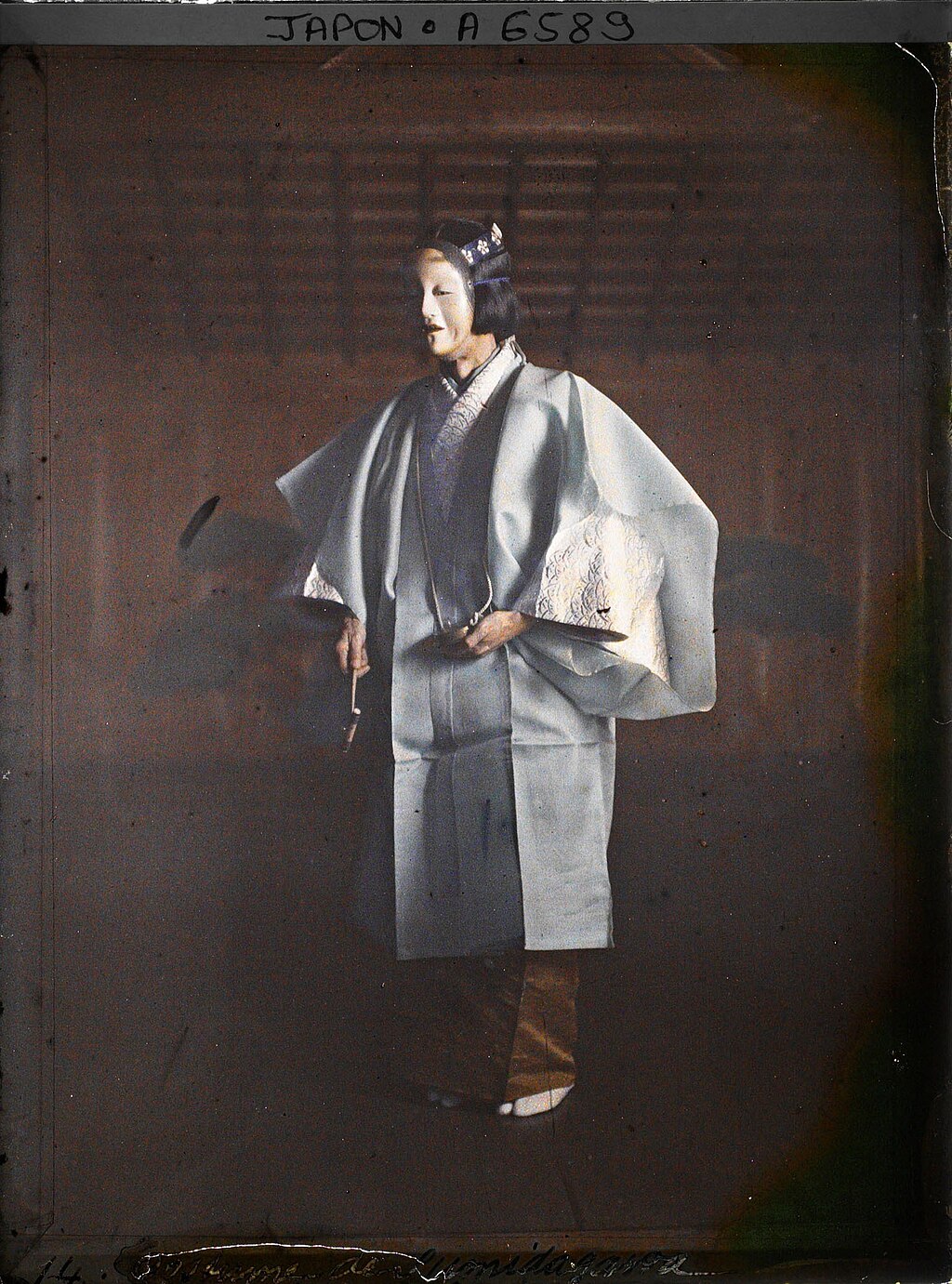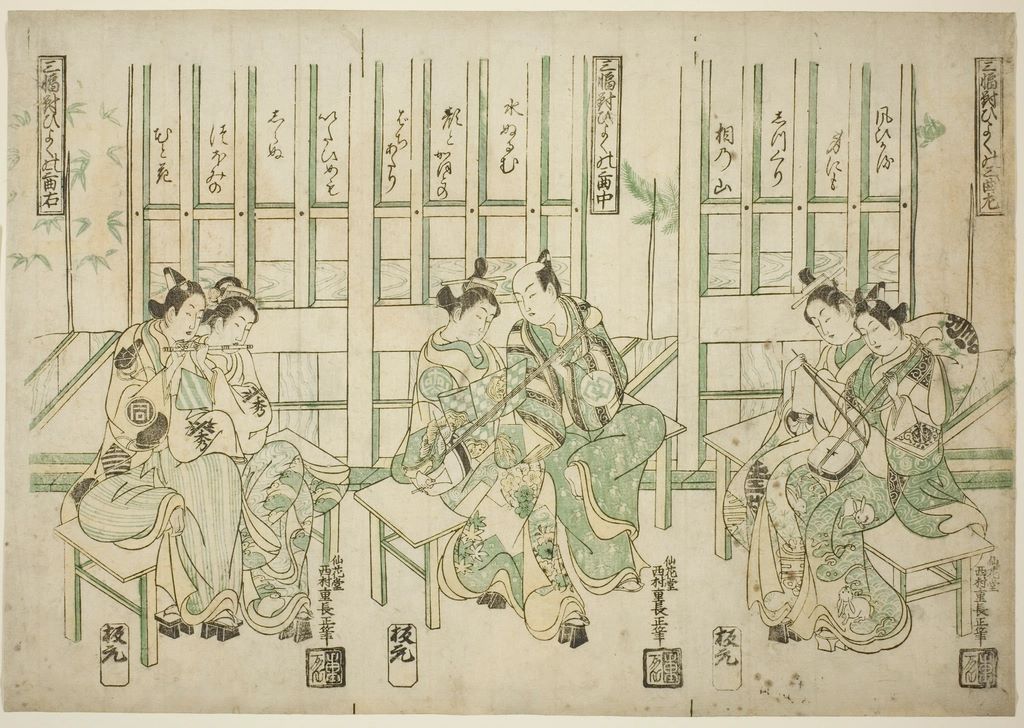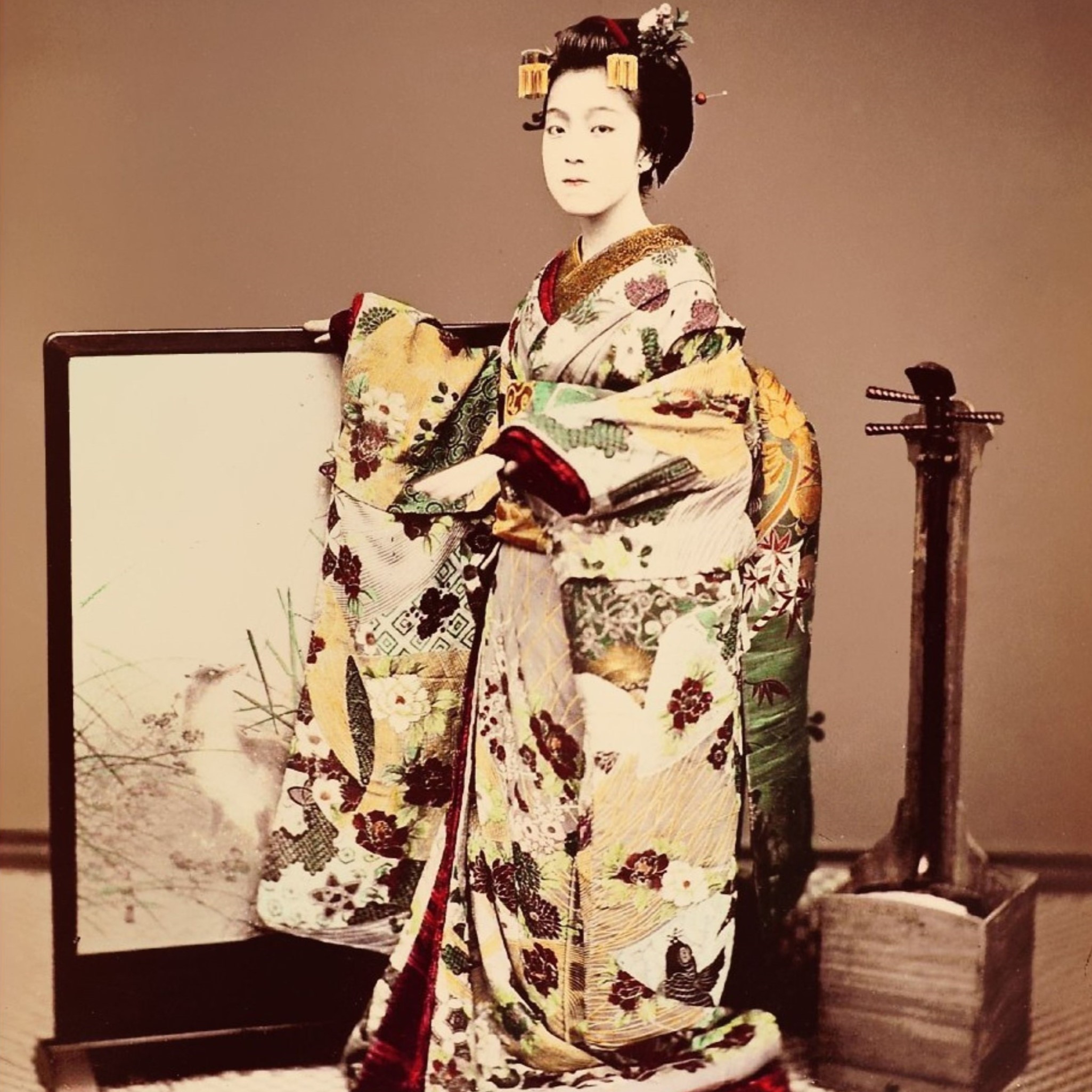Enka, a genre often referred to as the heart and soul of Japanese music, has played a significant role in shaping Japan’s cultural and musical landscape. Emerging in the early 20th century, Enka has evolved through various socio-political changes, reflecting the sentiments and collective memory of the Japanese people. This paper is about the origin, history, societal impact, and transformation of Enka music, supported by academic references and studies.
Origin and Early Development
Enka’s origins can be traced back to the late 19th and early 20th centuries, during Japan’s Meiji period. Initially, “enka” (演歌) was a term used to describe political songs (“en” meaning “performance” and “ka” meaning “song”) that were used to disseminate political messages and rally public sentiment against the government . These songs were a form of protest and expression of the common people’s frustrations and aspirations during a time of major social and political upheaval.
The genre began to take a more defined musical form in the Taishō and early Shōwa periods, incorporating elements of traditional Japanese music such as min’yō (folk music) and shima-uta (island songs), as well as influences from Western music, which was increasingly prevalent in Japan .
Evolution and Golden Age
The modern form of Enka, characterized by its melancholic themes and emotive vocal style, began to crystallize in the post-World War II era. This period saw Japan undergoing rapid modernization and economic growth, alongside significant cultural shifts. Enka music provided a nostalgic connection to traditional Japanese values and emotions, resonating deeply with an older generation who experienced the pre-war and wartime eras .
The 1960s and 1970s are often considered the golden age of Enka. Artists like Hibari Misora, Hachiro Kasuga, and Keiko Fuji became national icons, their music reflecting themes of love, loss, and longing that struck a chord with the Japanese public . These songs often featured lush orchestrations, combining traditional Japanese instruments like the shamisen and shakuhachi with Western instruments, creating a unique hybrid sound .
Social Significance
Enka’s societal impact extends beyond its musical contributions. The genre has been a vessel for preserving Japanese cultural identity, especially during periods of rapid change. It evokes a sense of “furusato” (hometown nostalgia) and “wa” (harmony), encapsulating the essence of Japanese emotional expression .
Enka also plays a role in the communal aspects of Japanese life. Karaoke, a popular pastime in Japan, often features Enka songs, allowing individuals to connect with their cultural roots and express their emotions in a shared social setting . The genre’s lyrical themes frequently address universal human experiences, making it a medium through which personal and collective memories are articulated and preserved.
Transformation and Contemporary Relevance
Despite its roots in tradition, Enka has not remained static. The genre has continuously evolved, adapting to the changing tastes and lifestyles of the Japanese people. In recent decades, Enka has seen a decline in mainstream popularity, particularly among younger generations, who gravitate towards J-Pop and other contemporary genres .
However, Enka has not disappeared. Instead, it has undergone a transformation, with modern artists blending Enka’s traditional elements with contemporary sounds and production techniques. This fusion has given rise to sub-genres like “New Enka” or “J-Enka,” which seek to revitalize the genre and make it relevant to younger audiences . Artists such as Jero, an African-American Enka singer, have brought fresh perspectives and global attention to the genre, demonstrating its enduring adaptability and appeal .
Conclusion
Enka music, with its deep historical roots and rich cultural significance, remains an integral part of Japan’s musical heritage. From its early days as a medium for political expression to its golden age of nostalgic longing and its contemporary transformations, Enka reflects the changing tides of Japanese society. While its mainstream appeal may have waned, its emotional resonance and cultural importance endure, ensuring that Enka will continue to be cherished by future generations.
References
- Anderson, S. (1991). Enka: The Art of Japanese Sentimental Song. University of Hawaii Press.
- Yano, C. R. (2002). Tears of Longing: Nostalgia and the Nation in Japanese Popular Song. Harvard University Asia Center.
- Hughes, D. W. (2008). Traditional Folk Song in Modern Japan: Sources, Sentiment, and Society. Global Oriental.
- Parker, S. (2006). “The Enka Tradition: A Cultural Phenomenon in Transition.” Japanese Music Journal, 12(3), 45-62.
- Groemer, G. (2012). The Spirit of Tsugaru: Blind Musicians, Tsugaru-jamisen, and the Folk Music of Northern Japan. Brill.
- Manabe, N. (2008). “Songs of Japanese Identity: Enka as Nostalgia and Memory.” Asian Music, 39(1), 5-28.
- Mitsui, T. (2001). Popular Music in Japan: Transformation Inspired by the West. Routledge.
- Hosokawa, S. (1995). “Enka: The Nostalgia of Modernity.” Popular Music, 14(2), 143-150.
- Yano, C. R. (2013). Enka: The Art of Emotive Singing. University of Hawaii Press.
- Otake, T. (2008). “Jero: The African-American Enka Star.” The Japan Times.
Photo: Satoko Moriwaka (森若 里子), traditional Enka Japanese singer, performs at the Good Deed Award Ceremony, May 20, 2017, at the Meiji Shrine, Tokyo, Japan. The Good Deed Association is a non-profit organization under the management of the Cabinet Office of the Government of Japan and is committed to encouraging good conduct and enhancing mutual relationships among the members of the community. (U.S. Air Force photo by Airman 1st Class Donald Hudson)





